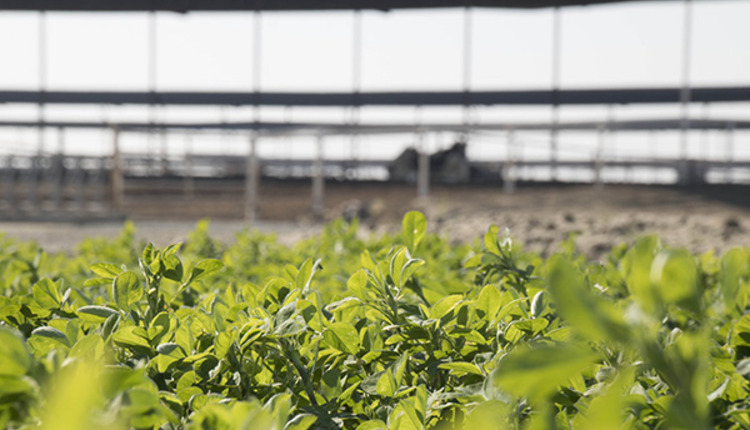Do alfalfa N credits differ in California? |
| By Hay and Forage Grower |
|
|
 Many studies have been done in rain-fed regions of the U.S. to quantify the appropriate N credit under a given set of circumstances. “Comparatively fewer studies have been done in the semi-arid, irrigated regions of the West,” said Eric Lin in his presentation at the 2015 Alfalfa & Forage Symposium held in Reno, Nev. Lin, a graduate student at the University of California-Davis, cited some work done in Spain that yielded estimates of 140 pounds per acre of alfalfa N credit for a succeeding crop. Currently, California recommendations are 40 to 80 pounds of N per acre. Lin reported on an extensive research study that he conducted in California to assess alfalfa N contributions. Experimental locations were set up in Tulelake (north), Davis (southern Sacramento Valley) and Kearney (San Joaquin Valley). Wheat was grown after either 2.5-plus years of alfalfa or a sudangrass-wheat rotation. Nitrogen treatments on the subsequent wheat crop ranged from 0 to 250 pounds per acre to assess and contrast alfalfa’s N contribution. Following two years of experimentation (2013 and 2014), it was determined that the alfalfa N credit at Kearney, on a sandy soil, was about 50 pounds per acre. On the heavier clay loam soils of Tulelake and Davis, an N credit of 125 pounds per acre was documented. The results were higher than anticipated and mostly well above current recommendations. Visit here for a more complete research summary. |
